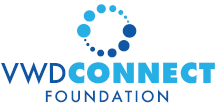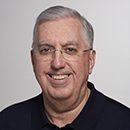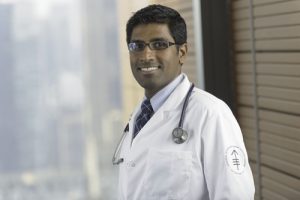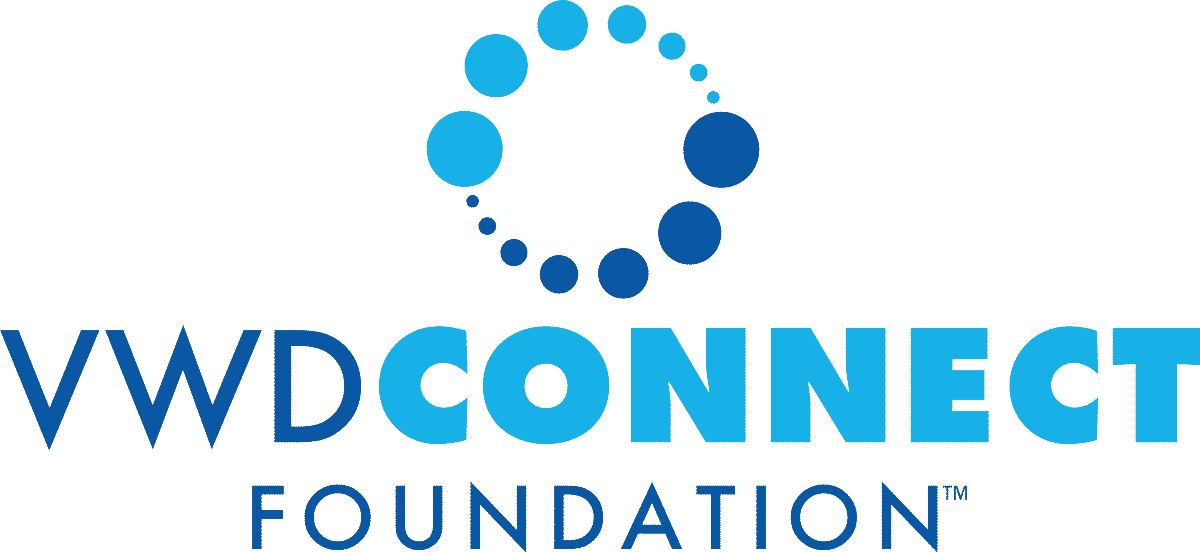
For Immediate Release
For More Information Contact:
Jeanette Cesta
Executive Director
561.373.3889
jcesta@vwdconnect.org
International Medical and Scientific Advisory Board Formed
VWD Connect Foundation Charting Future: Quest For a Cure
Since the Von Willebrand Connect Foundation was founded and funded in 2017 its “members”, patients around the country suffering severe Type 3 Von Willebrand Disease, have been patiently and politely waiting their turn. Their turn to be recognized and validated for the physical and psychological struggles they face daily. Their need to be acknowledged and understood by a medical community not completely versed in their diagnoses. And so much more. For them June 2020 proved a very promising for two reasons.
One reason was the gathering of thousands of researchers, clinicians, foundations, policy makers, patients and stakeholders connected to the world of bleeding disorders who gathered for a massive multi-lingual, global, six-day virtual congress held by the World Federation of Hemophilia (WFH). While Von Willebrand Disease was not a keynote or headliner it did have an important session.
Jeanette Cesta, Executive Director of VWD Connect Foundation was tuned in when the long-awaited research regarding Von Willebrand Disease was presented at the virtual WFH congress.
The American Society of Hematology (ASH), the International Society of Thrombosis and Homeostasis (ISTH) and two other organizations had spent years in collaborating to develop guidelines for this under recognized and often misunderstood disease. These guidelines hoped to bring clarity, definition, and unified agreement around what Von Willebrand Disease is and to what degrees people suffer from its effects and severity.
“The Von Willebrand Disease community has been eagerly waiting what these guidelines could reveal but we also had to be realistic about the depth and scope of the work,” Cesta asserted. “So much of what we understand about this disease is anecdotal, and every patient has a different ‘life’ story to tell. Yet as a patient organization we look for our voices to be heard in order to secure a better seat at the table. We need validation from a healthcare system that has often marginalized many of our struggles and misunderstood our issues. While these guidelines are an admirable start there’s more work to be done if we are going to ultimately do our best work: find a cure.”
Cesta and her Board had previewed the findings of the report in advance and been igniting this work.
In June the VWD Connect Foundation announced the formation of a nine-person global Medical and Scientific Advisory Board (MSAB) to develop a mission statement as underpinnings for funding a cure. This initial committee of researchers, scientists, specialists in bleeding disorders and related disease experts will be expanded as the parameters are further defined and specific work emerges. According to Cesta, “the Foundation has been laying the groundwork for this funding initiative since our inception. We know it is a complex process but our voices are essential. Our patients will be powerful advocates and are ready, willing and eager participants to impact studies and trials that will impact care and quality of life.”
The MSAB will be co-chaired by two professionals deeply vested in the in the Von Willebrand Disease community: Christopher Walsh, M.D. and Mrinal Gounder. M.D.
 Dr. Walsh is Associate Professor and Director of the Hemophilia Program in the Division of Hematology and Medical Oncology at the Icahn School of Medicine at Mount Sinai in New York City. His work and voice are familiar to Von Willebrand Disease patients as well as the medical, research, and extended scientific communities serving their needs. He has sat on the Board of VWD Connect Foundation since its inception.
Dr. Walsh is Associate Professor and Director of the Hemophilia Program in the Division of Hematology and Medical Oncology at the Icahn School of Medicine at Mount Sinai in New York City. His work and voice are familiar to Von Willebrand Disease patients as well as the medical, research, and extended scientific communities serving their needs. He has sat on the Board of VWD Connect Foundation since its inception.
 Dr. Gounder, recognized in 2018 for contributing to the top ten Advances of the Year in the field of oncology, is a medical oncologist at Memorial Sloan Kettering Cancer Center in New York. He has collaborated with patient advocacy groups in serving as Scientific Director of the Desmoid Tumor Research Foundation. Gounder also serves as Chair of the Research Committee of VWD Connect Foundation.
Dr. Gounder, recognized in 2018 for contributing to the top ten Advances of the Year in the field of oncology, is a medical oncologist at Memorial Sloan Kettering Cancer Center in New York. He has collaborated with patient advocacy groups in serving as Scientific Director of the Desmoid Tumor Research Foundation. Gounder also serves as Chair of the Research Committee of VWD Connect Foundation.
According to Cesta “this committee will define a course of its own and thanks to two influential co-chairs drive a path for funding a cure for Von Willebrand Disease. While they will provide an important narrative required for fundraising at a major level my job will be to continue to provide patients for their critical data points, and educating important constituencies.”
She continues, “There’s a reason the word ‘connect’ is in the name of our Foundation. My job will be to ‘connect’ their work to my stakeholders, patients and the larger world and to keep the work of the Foundation spotlighted. This is the beginning of a new and exciting phase for all of us who have Von Willebrand Disease, care for someone with it, and want to see this disease and its impact on people become more widely acknowledged and understood. I think of this as starting our trip for a cure – and I hope everyone will want to be on the train. This is precisely the time to stay tuned.”

For Immediate Release
For More Information Contact:
Jeanette Cesta
Executive Director
561.373.3889
jcesta@vwdconnect.org
International Medical and Scientific Advisory Board Formed
VWD Connect Foundation Charting Future: Quest For a Cure
Since the Von Willebrand Connect Foundation was founded and funded in 2017 its “members”, patients around the country suffering severe Type 3 Von Willebrand Disease, have been patiently and politely waiting their turn. Their turn to be recognized and validated for the physical and psychological struggles they face daily. Their need to be acknowledged and understood by a medical community not completely versed in their diagnoses. And so much more. For them June 2020 proved a very promising for two reasons.
One reason was the gathering of thousands of researchers, clinicians, foundations, policy makers, patients and stakeholders connected to the world of bleeding disorders who gathered for a massive multi-lingual, global, six-day virtual congress held by the World Federation of Hemophilia (WFH). While Von Willebrand Disease was not a keynote or headliner it did have an important session.
Jeanette Cesta, Executive Director of VWD Connect Foundation was tuned in when the long-awaited research regarding Von Willebrand Disease was presented at the virtual WFH congress.
The American Society of Hematology (ASH), the International Society of Thrombosis and Homeostasis (ISTH) and two other organizations had spent years in collaborating to develop guidelines for this under recognized and often misunderstood disease. These guidelines hoped to bring clarity, definition, and unified agreement around what Von Willebrand Disease is and to what degrees people suffer from its effects and severity.
“The Von Willebrand Disease community has been eagerly waiting what these guidelines could reveal but we also had to be realistic about the depth and scope of the work,” Cesta asserted. “So much of what we understand about this disease is anecdotal, and every patient has a different ‘life’ story to tell. Yet as a patient organization we look for our voices to be heard in order to secure a better seat at the table. We need validation from a healthcare system that has often marginalized many of our struggles and misunderstood our issues. While these guidelines are an admirable start there’s more work to be done if we are going to ultimately do our best work: find a cure.”
Cesta and her Board had previewed the findings of the report in advance and been igniting this work.
In June the VWD Connect Foundation announced the formation of a nine-person global Medical and Scientific Advisory Board (MSAB) to develop a mission statement as underpinnings for funding a cure. This initial committee of researchers, scientists, specialists in bleeding disorders and related disease experts will be expanded as the parameters are further defined and specific work emerges. According to Cesta, “the Foundation has been laying the groundwork for this funding initiative since our inception. We know it is a complex process but our voices are essential. Our patients will be powerful advocates and are ready, willing and eager participants to impact studies and trials that will impact care and quality of life.”
The MSAB will be co-chaired by two professionals deeply vested in the in the Von Willebrand Disease community: Christopher Walsh, M.D. and Mrinal Gounder. M.D.

Dr. Walsh is Associate Professor and Director of the Hemophilia Program in the Division of Hematology and Medical Oncology at the Icahn School of Medicine at Mount Sinai in New York City. His work and voice are familiar to Von Willebrand Disease patients as well as the medical, research, and extended scientific communities serving their needs. He has sat on the Board of VWD Connect Foundation since its inception.

Dr. Gounder, recognized in 2018 for contributing to the top ten Advances of the Year in the field of oncology, is a medical oncologist at Memorial Sloan Kettering Cancer Center in New York. He has collaborated with patient advocacy groups in serving as Scientific Director of the Desmoid Tumor Research Foundation. Gounder also serves as Chair of the Research Committee of VWD Connect Foundation.
According to Cesta “this committee will define a course of its own and thanks to two influential co-chairs drive a path for funding a cure for Von Willebrand Disease. While they will provide an important narrative required for fundraising at a major level my job will be to continue to provide patients for their critical data points, and educating important constituencies.”
She continues, “There’s a reason the word ‘connect’ is in the name of our Foundation. My job will be to ‘connect’ their work to my stakeholders, patients and the larger world and to keep the work of the Foundation spotlighted. This is the beginning of a new and exciting phase for all of us who have Von Willebrand Disease, care for someone with it, and want to see this disease and its impact on people become more widely acknowledged and understood. I think of this as starting our trip for a cure – and I hope everyone will want to be on the train. This is precisely the time to stay tuned.”
